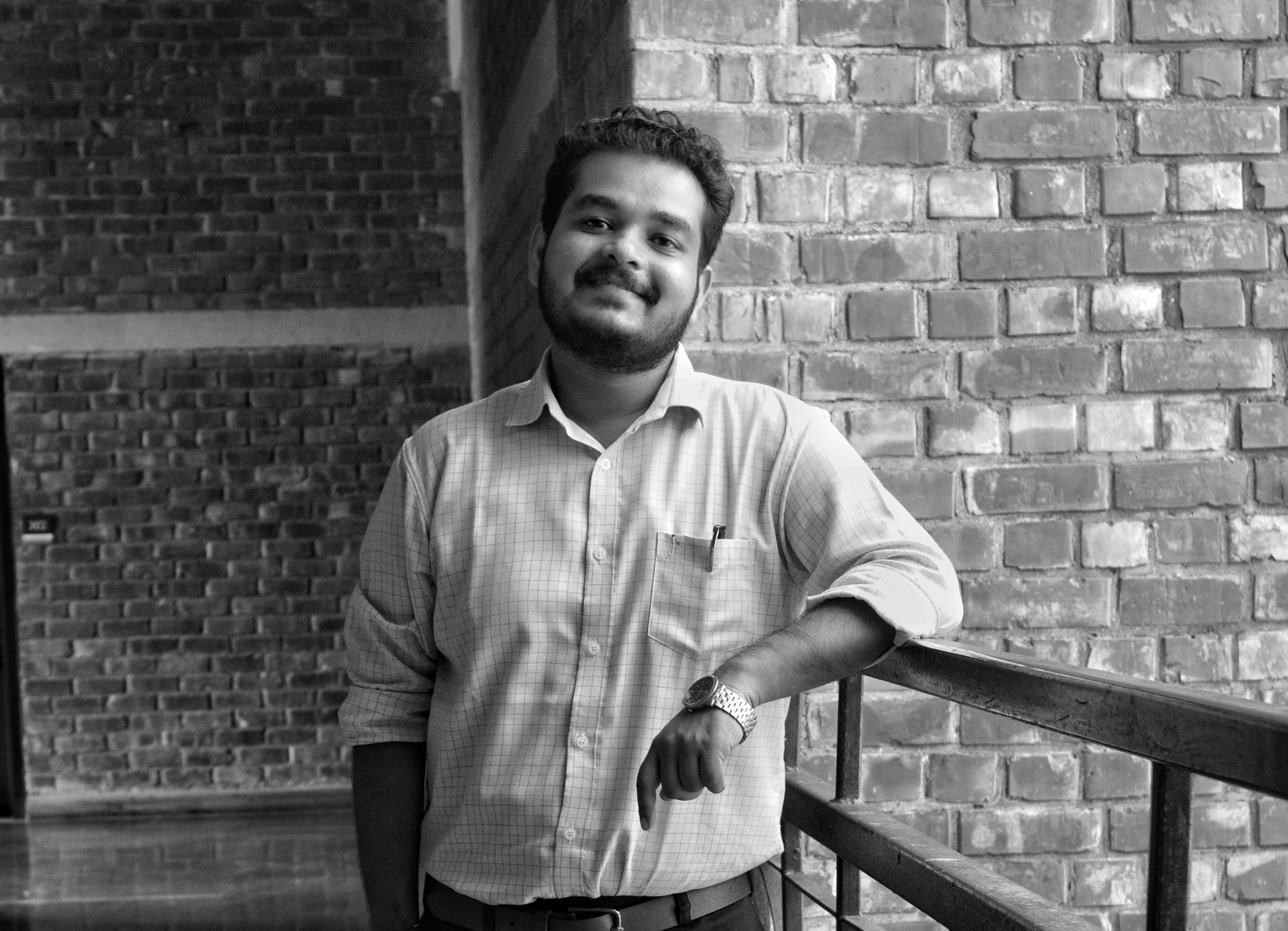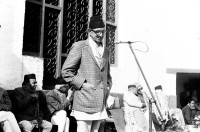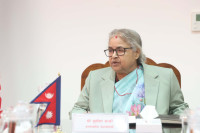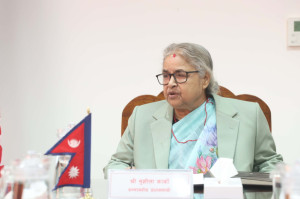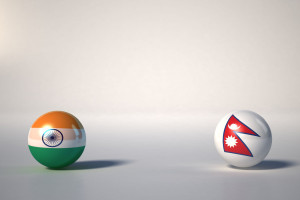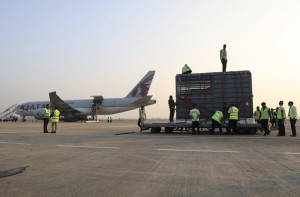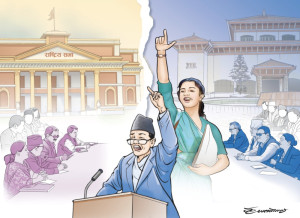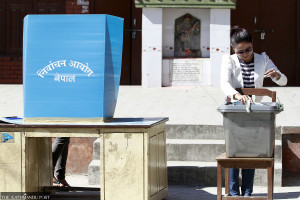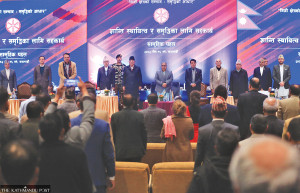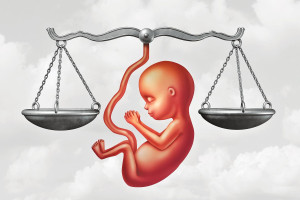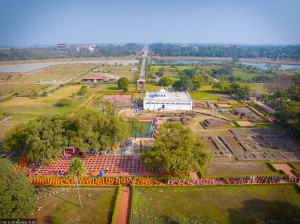Columns
Nepal's democracy fatigue
Nepalis are growing discontent as the possibility of any substantial change seems unlikely.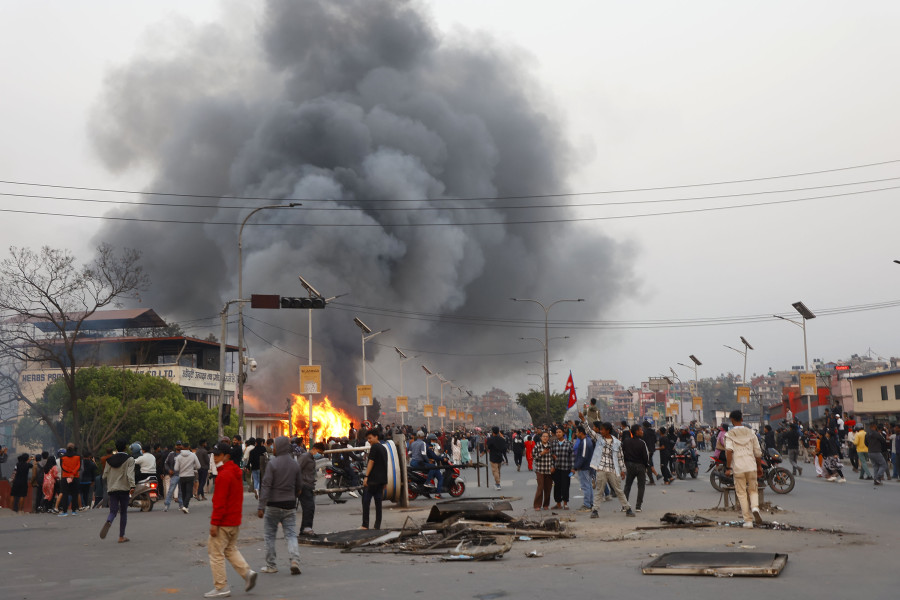
Harsh Pandey
Nepal is witnessing a new wave of protests for the restoration of monarchy, which was abolished almost two decades ago. On March 9, thousands of supporters welcomed former King Gyanendra upon his return to Kathmandu from Pokhara. The capital saw two protests on March 28, one led by pro-monarchists and another by left parties supporting democracy. Violence erupted in the pro-monarchy protest, leading to the deaths of two people. The government even deployed the army to restore order; a curfew was declared in some parts of Kathmandu. This is not an isolated event, as several pro-monarchy protests have occurred in the past. However, this wave has been unprecedented due to several factors, including the country’s economic crisis, political instability and the interest of the ousted monarch in returning to politics.
Historical context
Nepal’s monarchy evolved since the 18th century, following Prithivi Narayan Shah’s unification of the country. Rulers from the Shah dynasty controlled the nation for 240 years, first as absolute monarchs and then as constitutional figureheads. The monarchy fluttered throughout the 20th century between authoritarianism and limited democracy. A people’s movement in 1990 led to the resumption of the multi-party democratic system.
The decade-long Maoist insurgency (1996-2006) marked the beginning of the monarchy’s downfall. The war, which claimed over 16,000 deaths, was followed by a sequence of horrific occurrences for the royal family. After the royal massacre in June 2001, Gyanendra ascended the throne. The death of the popular King Birendra in the massacre eroded many people’s faith in monarchy. The Maoist movement, which was on the fringes then, came to the forefront during Gyanendra’s rule.
Gyanendra first ruled as a constitutional monarch. However, in February 2005, he dissolved the elected government, imprisoned political leaders, suppressed the press and declared a state of emergency, thereby establishing direct authority. Mass demonstrations, also known as the “People’s Movement II” (Jana Andolan) of 2006, sparked throughout Nepal, compelling Gyanendra to withdraw from power. A democratic transition was established later that year by a Comprehensive Peace Accord between the Maoists and the Government of Nepal.
The Constituent Assembly, formed in 2008, declared Nepal a federal democratic republic. This political change also redefined Nepal’s identity: The Interim Constitution (2007) and the Constitution of Nepal (2015) declared Nepal a secular state, effectively divorcing from its history as the only recognised Hindu nation in the world and officially institutionalising Nepal as “an independent, indivisible, sovereign, secular, inclusive, democratic, socialism-oriented federal democratic republican state”.
Why are protests happening?
Political unrest and governmental issues persist years after 2008. Nepal has undergone several brief coalition administrations—14 cabinets in the 17 years as political groups split and jockeyed for influence. Chronic instability, regular corruption scandals and policy gridlock progressively undermined popular confidence in the new republic. For many, the great promise of a “New Nepal” with an inclusive government and rapid development remained unmet, particularly among individuals who felt alienated or disillusioned by the republican government. An undercurrent of nostalgia for the monarchy began to emerge by the late 2010s.
Unstable governments have led to poor deliverables and an economic crisis, resulting in the rise of populist ideas that have not culminated in reality. Three main actors have dominated the politics: Pushpa Kamal Dahal of the Communist Party of Nepal (Maoist Centre), the current Prime Minister KP Sharma Oli of the Communist Party of Nepal (Unified Marxist Leninist) and Sher Bahadur Deuba of the Nepali Congress. None of them has been able to complete a tenure as prime minister.
There is growing discontent among Nepalis as the possibility of any change seems unreal in a democratic setup. Nevertheless, it is not entirely accurate as new sets of leaders from different parties and winners of local elections are also trying to make their mark in national politics.
The country has been a fertile ground for political entrepreneurship, of which Durga Prasai, a former Maoist turned UML leader and now a pro-monarchist, has taken full advantage. Prasai was appointed the ‘public commander’ of the Joint People’s Movement Committee (JPMC) to restore the monarchy. The pro-monarchy Rastriya Prajatantra Party (RPP) became the fifth-largest party in Parliament with 5.7 percent of the total vote.
There have been instances where political leaders have used religious connotations to develop their support base. Populist pro-monarchy political entrepreneurs and the former king are using religion as a base to serve their goals. According to them, the erosion of monarchy and religion—the two main pillars of national pride—has caused multiple problems for Nepal, and they believe that the immediate reinstatement of the monarch will solve the country’s troubles.
What now?
There is a high chance that state authorities will be able to mitigate any pro-monarchist adventurism in Kathmandu. Other than the weak political establishment, Nepal has other strong state institutions, including the judiciary, army and bureaucracy, which are determined for a democratic Nepal at the moment. Civil society groups also firmly favour a democratic setup in Nepal. Nevertheless, the primary test for pro-democratic parties will be the 2027 general elections, in which this issue may take the centre stage.
In the meantime, Nepal’s democratic politics needs to make robust course corrections in many areas. The first is the economy. Although Nepal’s GDP in 2023 registered a growth rate of 1.95 percent, and inflation has been in steady control, in addition to the constant flow of foreign remittances, the country’s presence on the Financial Action Task Force’s (FATF) Grey List remains a risk to its growth. Next, the political leaders need to thoughtfully address the debates on federalism and secularism, which have been the identity of the new Nepal since 2015. These changes have been well-received by many in Nepal, but some are dissatisfied and feel ignored by the leaders.
The resurgence of pro-monarchy protests in Nepal appears to be more about disillusionment with the post-2008 democratic experiment than a genuine yearning for the restoration of monarchy. The old generation leaders must therefore provide space for new faces to remove the stagnation in the country’s politics. The pro-democratic political elites should tackle the burgeoning discontent among the public by bargaining and negotiating among themselves to ensure that the political system meets people’s mandates.




 5.39°C Kathmandu
5.39°C Kathmandu